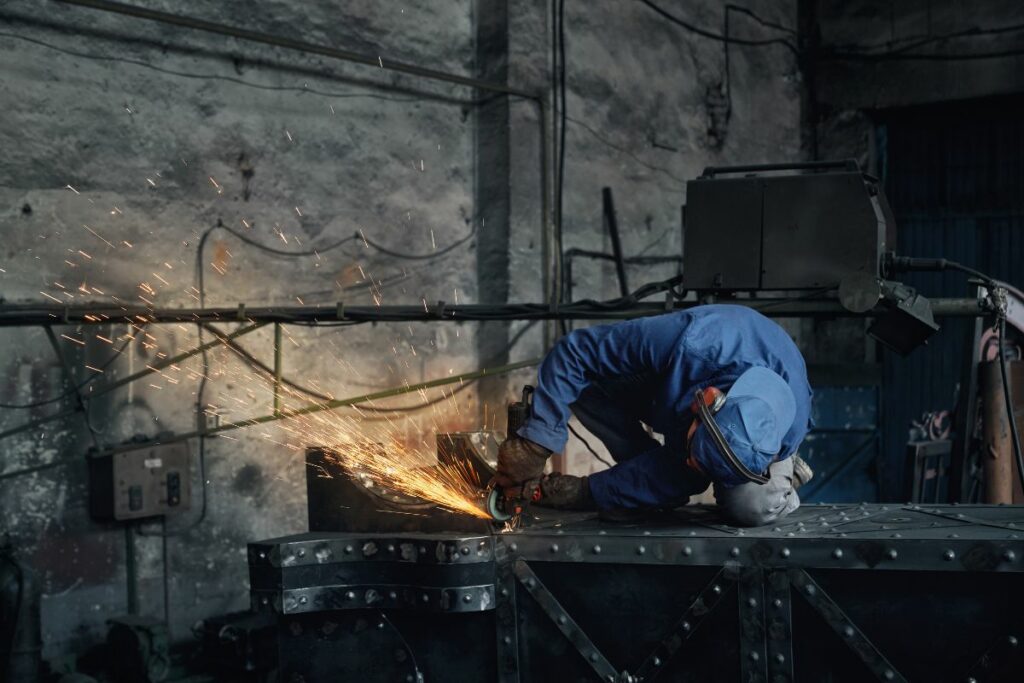
In the world of welding, the fusion of creativity and craftsmanship knows no bounds. Beyond the sparks and molten metal lies a rich tapestry of cultural influences that have shaped welding techniques across the globe. Join us on a journey of discovery as we delve into the fascinating realm of welding and explore how diverse cultures have contributed to the evolution of this ancient craft.
Welding is an age-old practice, dating back thousands of years to the Bronze Age. However, it wasn’t until the Industrial Revolution that welding began to take on a more systematic and industrialised form. Fast forward to the present day, and welding has become a crucial skill in various industries, from construction to automotive manufacturing.
As the world has become more interconnected, welding techniques have transcended geographical boundaries, blending traditional methods with modern innovations. Let’s explore how different cultures have shaped the art of welding.
Japan, known for its precision and attention to detail, has made significant contributions to the world of welding. Traditional Japanese welding techniques, such as Yosegi, involve intricate joinery and meticulous craftsmanship. These methods emphasise the seamless integration of metal components, creating functional and aesthetically pleasing structures. By adopting Japanese welding principles, artisans worldwide enhance the artistic and structural aspects of their creations.
The Nordic countries boast a long history of metalworking, with welding playing a vital role in their cultural heritage. Scandinavian welders often combine functionality with artistic expression, creating pieces that seamlessly merge form and function. The use of intricate patterns and organic shapes in Scandinavian welding reflects a deep appreciation for nature, showcasing a harmonious relationship between human craftsmanship and the natural world.
Africa, with its diverse cultures and rich traditions, has a unique approach to metalworking. From the intricate beadwork of the Maasai people to the bold, geometric designs of West African blacksmiths, the continent’s welding techniques celebrate individuality and storytelling. By incorporating African influences, welders worldwide infuse their work with a sense of cultural identity and narrative, creating pieces that resonate on a global scale.
In Latin America, welding goes beyond mere functionality and becomes a form of artistic expression. From the vibrant sculptures of Mexican artist David Alfaro Siqueiros to the intricate metalwork found in Peruvian markets, the region’s welding traditions are deeply rooted in creativity and passion. Latin American welding techniques inspire artists to experiment with form, color, and texture, resulting in dynamic and captivating pieces that capture the essence of the culture.
Welding is more than just a technical skill; it is a dynamic art form that draws inspiration from cultures around the world. By embracing diverse welding techniques, artisans contribute to a global dialogue that celebrates the fusion of creativity and craftsmanship. As we continue to explore the intricate tapestry of welding traditions, we gain a deeper appreciation for the cultural influences that shape this ancient craft. So, the next time you pick up a welding torch, remember that you are not just joining metal; you are joining a rich legacy of cultural exploration and artistic expression that spans the globe.